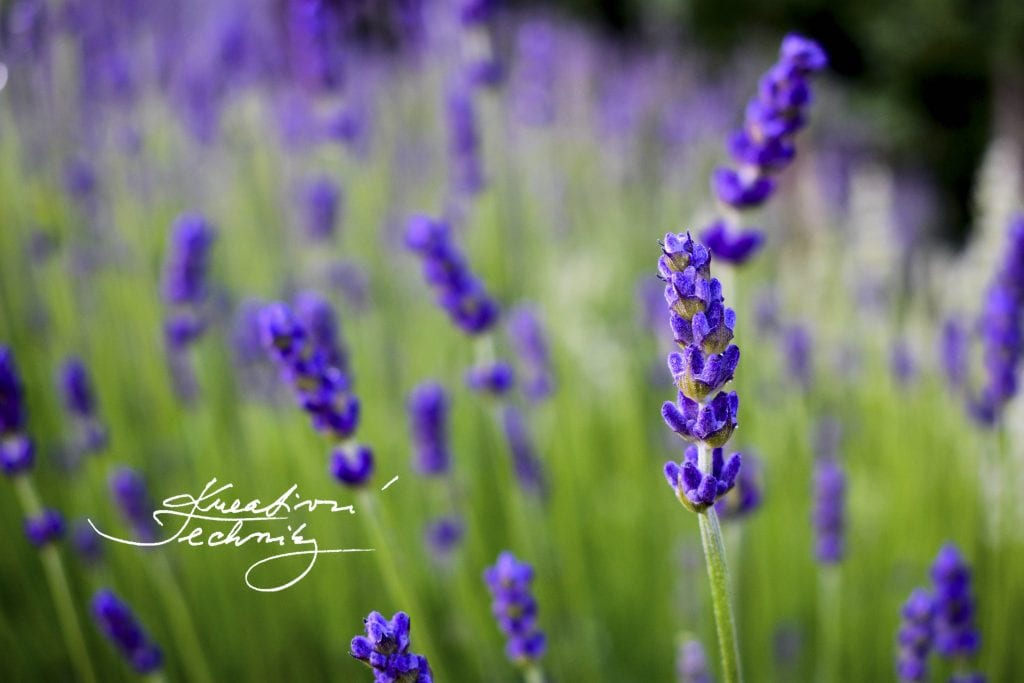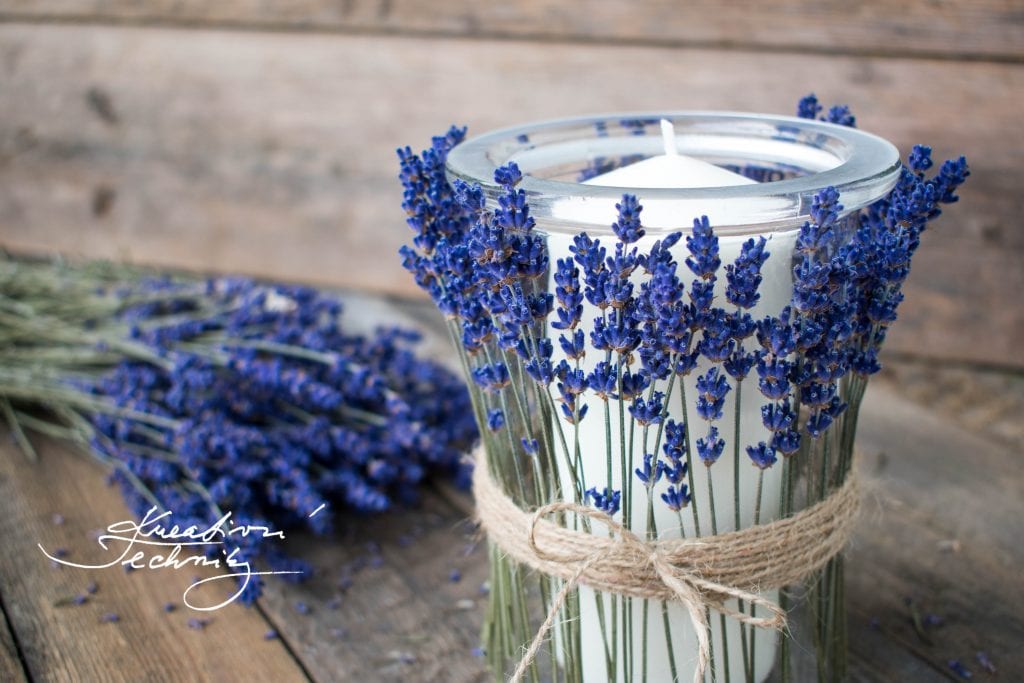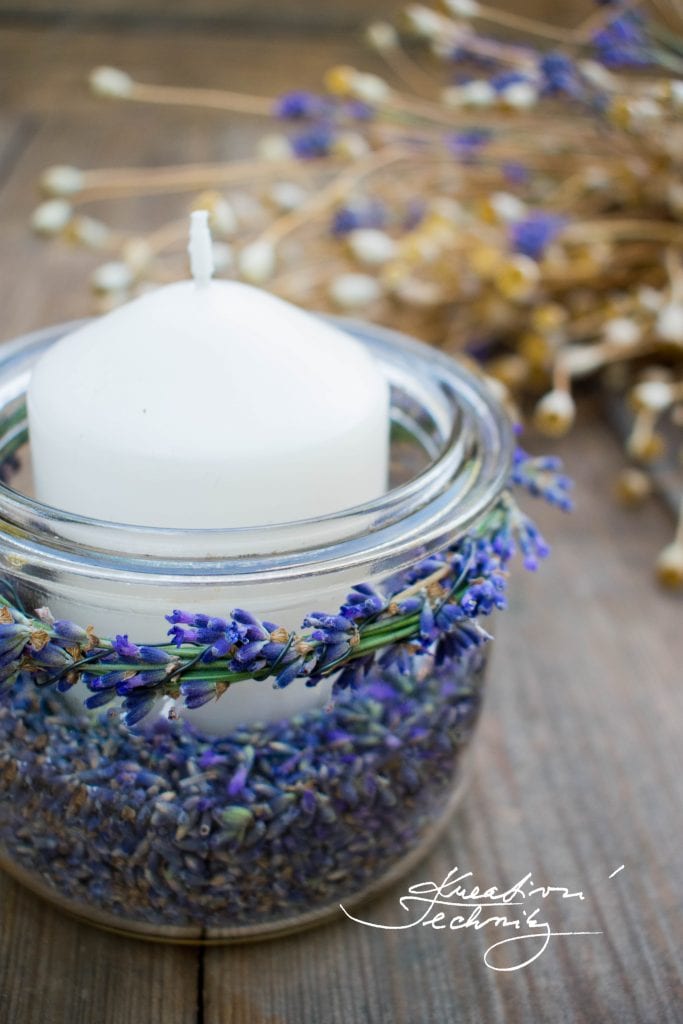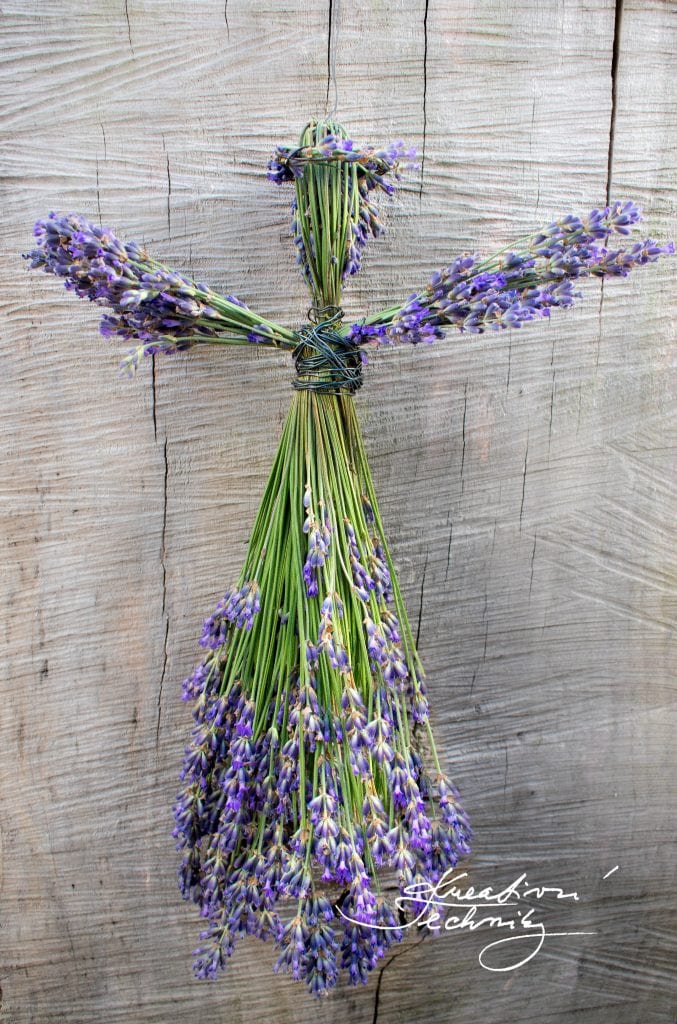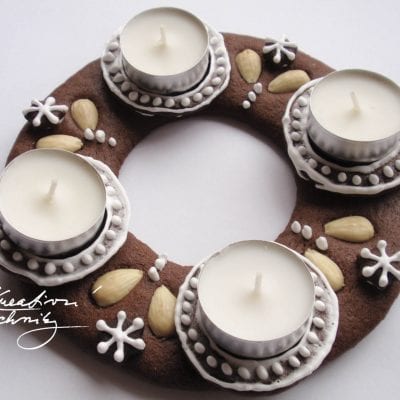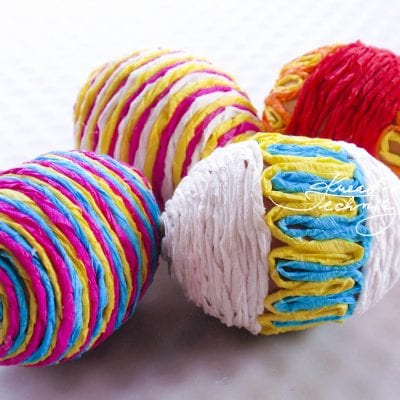Lavender growing. Do you want to know more about thisi flower? Do you know, how to grow properly lavender to have a lot of beautiful aromatic flowers.
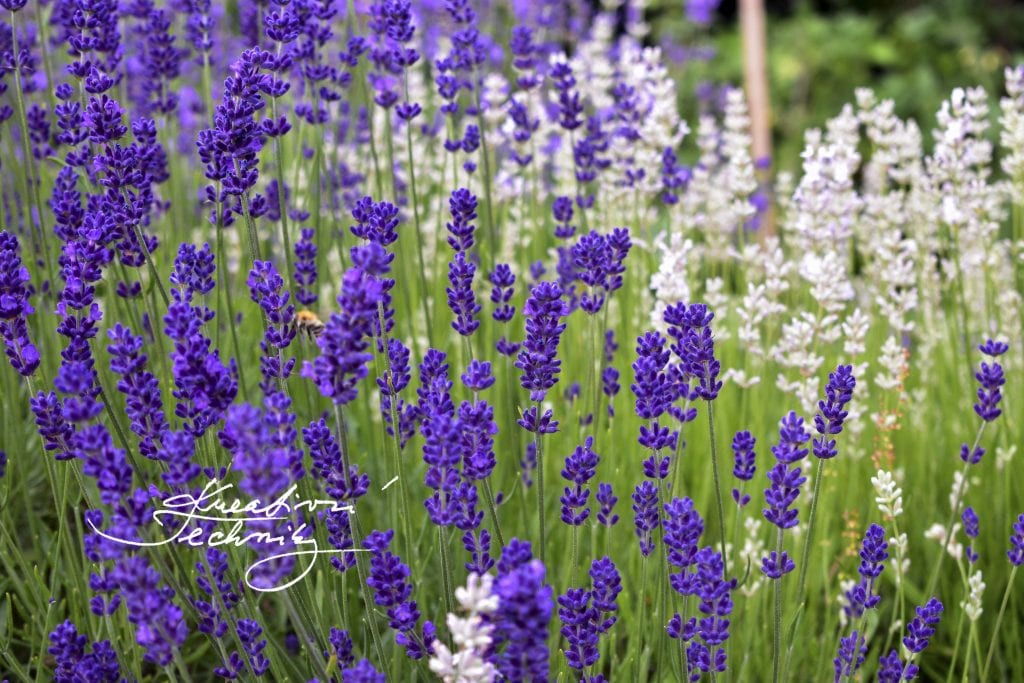
Lavender, originally a wild flower from the Mediterranean is being grown for many centuries. Lavender is highly appreciated for its typical scent. The botanical name is derived from the latin lavare = to bath. The ancient Greeks and Romans used lavender for its healing features and smell and added it to their baths.
In the Middle Ages, lavender was being grown in monastic gardens. Lavender was meant to protect from plague, it was also used to heal burns and bruises. In homes, lavender was used to drive moths away. Lavender oil was used as a deodorant.
In today’s times, lavender is mainly used in cosmetics and pharmacy. In the gardens, lavenders get that nice summer feeling going, with their amazing colour and extraodinary smell.
Lavender is a perrenial, with the height of a bush, with silver leafs and blue, blue-violet or even white to pink blossoms. Lavender is not only a beatiful and decorative flower, but has also some healing powers. Lavender bushes grow at the start of summer.
Lavender decorations
Lavender is a great material for our creativity (summer floristics, homemade soaps, decoration making, home accesories…). We can use lavender flowers to make handmade paper.
We also use the lavender motive to create some accesories and decorations in the favourite Provance and Vintage styles. We can create our romantic countryside style by using the dried lavender products. These wonderufl decorations will remind us of the summer magic for a long time.
Growing lavender
How to grow lavender? Growing lavender and its reproduction is not too hard and can be done by literally anyone. Lavender needs a sunny place, grows best in permeable sand or chalky soil. A lavender bush grows approx. 60 cm. Lavender loves and needs loads of sun. It grows well in free soil or in containers.
It is important to cut lavender regularly. We cut both young and old plants. It is best to cut lavender at the turn of March/April and then in August for the second time, after the fade. It is important to cut the flower with the stem. If we cut the inflorescence early enough, it might grow once more. The flowers are smaller and fewer, but still make one happy.
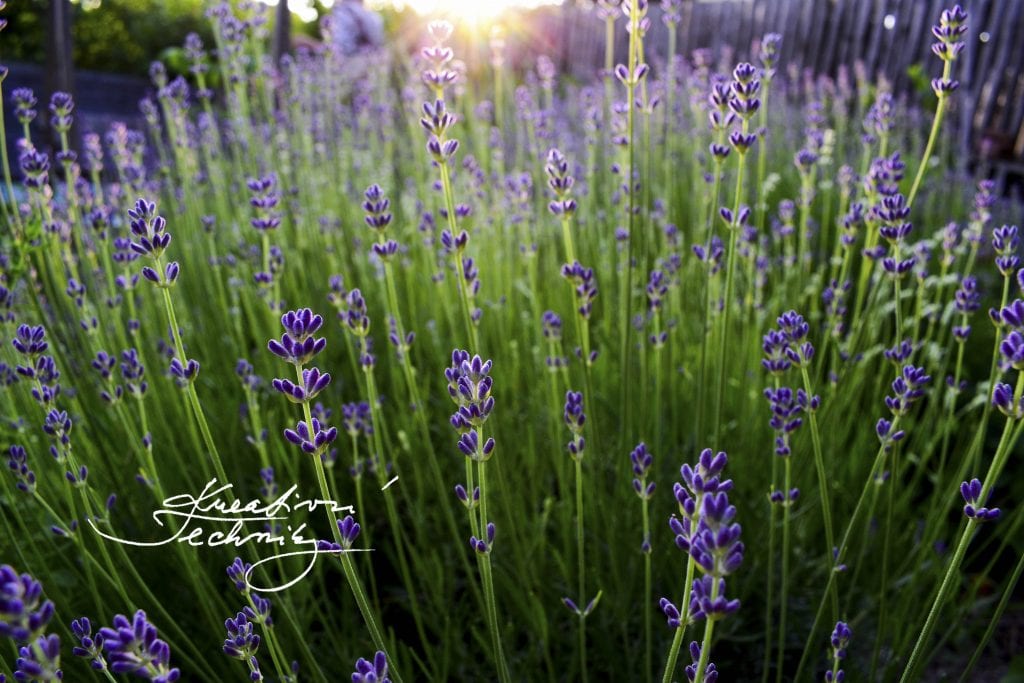
Plant reproduction
We reproduct lavender either vegatitively or by sowing. If we sow the lavender, it’s essential to start early in the spring. Presow the young plants, which we plant in the place or into a container, once they are 10 cm high. We can sow lavender even in autumn straight into the bed, 1 cm deep. Cut the seedlings right after they reach the 20 cm mark. Cut them to about half their height.
Cutting lavender (vegetative reproduction) is done with the help of cuts from bigger parental plants. In spring, we take the cuts away and let them take root. Plant the well rooted cuts . Cut the flowers the same way as the seedlings, right after reaching the 20 cm mark and cut them to half their height. The lavender bush will become thicker.
Collecting lavender
The object of collecting lavender are the flowers or the tops. When collecting the flowers, cut only the upper half of the stems, from which we pick off the flowers right after drying them. The tops are being collected right before the blossom, or at the start of the blooming, always when the weather is dry and in the mornings/late afternoons.
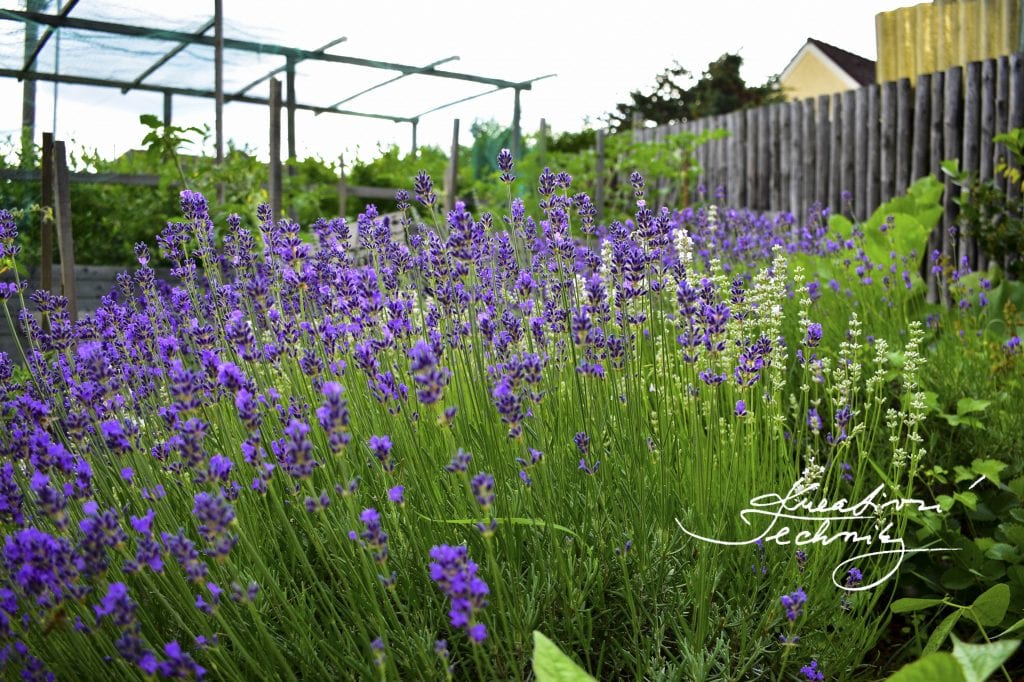
Drying lavender
We dry the tops tied together in bunches, dry the lone inflorescences in a low layer on a sieve. Preparing Lavender for Winter Lavender is a cold resistant plant (up to -28°C), we won’t mess up anything, if we put a layer of leafs on it or cover it with brushwood.
Mistakes whilst growing lavender
Moisture and drainage: It can be a big mistake, if there is too much moisture whilst growing lavender (especially in winter). Humidity damages lavender and causes root dying and therefore damages the whole plants. A lavender damaged by high humidity grows less in summer.
Lavender is a xerophytic plant, that’s why drainage is great in our conditions. A well done drainage drives away the bottom humidity and brings oxygen to the roots. Make the drainage layer out of small rough rocks, clay shards or ceramsite. A good drainage is appropriate especially when planting lavender in flowerpots and other containers.
Soil: A heavy, clayey and sour soil can be a big mistake when growing. Do not add peat either. Lavender needs a permeable , slightly humous soil. We can lighten the soil with sand, ceramsite or gravel.
A bad cut: if you do not cut the lavender regularly, it won’t be very nice, the the plant will be sparse. And won’t grow enough. Lavender can also be damaged by too depp cuts into a hard, mature wood, old wood does not have the ability to add new sprouts so well.
Not enough sun: wind or shadow can be a big mistake
Artificial fertilizers: Do not fertilize lavenders, they are very modest from the dry Mediterranean, where they don’t have many nutrients.
